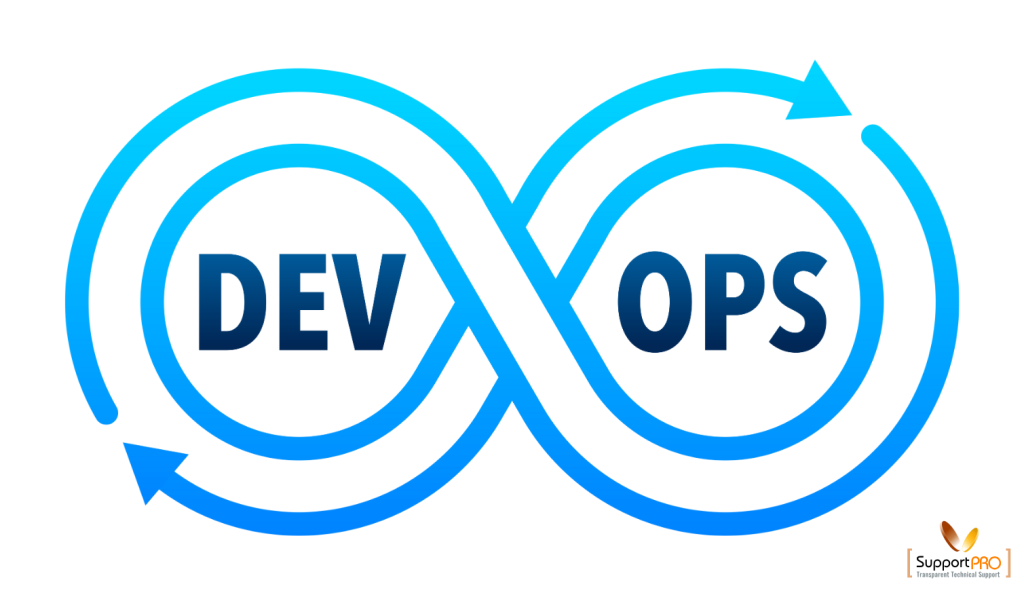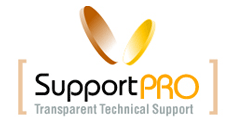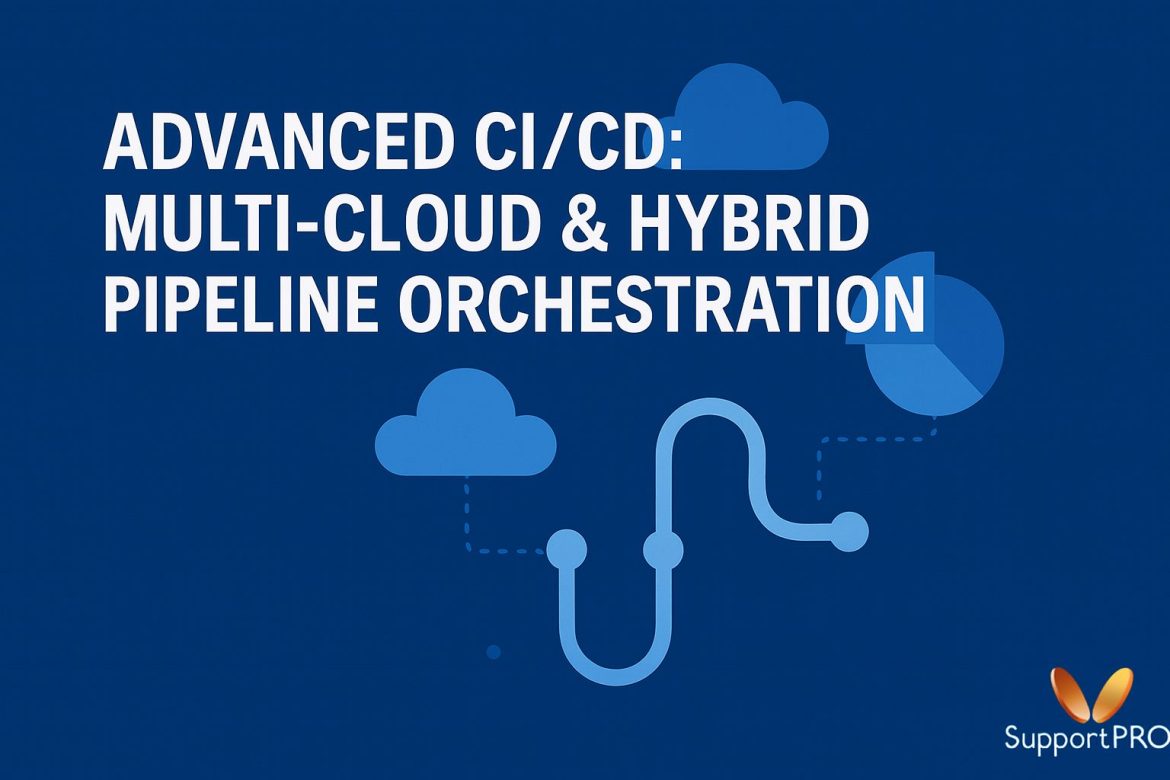Introduction
The DevOps movement has changed the way software teams work, from build and test to deployment and release. DevOps reduced time to release and increased software quality by focusing on collaboration, automation, and feedback. An integral piece to this is CI/CD (Continuous Integration and Continuous Delivery/Deployment).
But in today’s world, companies don’t deploy to only one cloud. They frequently operate in multi-cloud using a combination of AWS, Azure, Google Cloud and even on-premises. Pipelines through such various infrastructure are difficult to operate. In this blog, we will try to demystify first what are DevOps and CI/CD along with approaches and tools to effectively control multi-cloud and hybrid pipelines.
What is DevOps?

DevOps is a culture and set of processes that embodies the collaboration between development (Dev) and operations (Ops). Rather than working in silos, it’s become common for them to be part of the process from writing code through running that code in production. The aim: to deliver software faster and more reliably and with better alignment to business needs.
Core principles of DevOps include:
- Automation of repetitive tasks
- Continuous feedback between teams
- Infrastructure as Code (IaC) for predictable environments
- Monitoring and observability for quick troubleshooting
What is CI/CD?
CI/CD is the abbreviation for Continuous Integration and Continuous Delivery/Continuous Deployment, and it’s a key piece of DevOps. It’s a process that ensures that changes to software get from a developer’s laptop into production in a predictable, automated and reliable way.
- Continuous Integration (CI):
Developers constantly push small pieces of code updates in a shared repository (GitHub / GitLab). Every time code is pushed, automated builds and tests will be performed to verify that there are no bugs, security issues or integration failures. This avoids the “it works on my machine” issue and makes sure that new code actually plays nicely with your existing features.
Eg: Consider 10 developers working on an e-commerce app. Instead of taking weeks to merge changes, these developers check in code every day. Automated unit and integration tests, run on each commit to GitHub ensure that CI catches bugs before they hit production. - Continuous Delivery (CD):
After code passes CI, it’s built and prepared for deployment. The system would work in such a way that any version of the application would be deployable at any given moment. But the final step, pressing “deploy,” in the process is still a decision that the team makes manually.
Eg: A SaaS startup can add a new feature to their service the moment tests pass for that code, but the team decides when they will ship it out to paying customers. - Continuous Deployment (also CD):
This goes a step further. All changes that pass all automated checks are automatically deployed to production. It’s prevalent in fast moving teams that test hard and are pretty mature.
Eg: Many streaming services such as Netflix stream dozens of deployments a day using continuous deployment pipes.
The main difference between CI, CD (delivery) and CD (deployment), is about how automated your release process is:
- CI = frequent integration and testing.
- Continuous Delivery = automated preparation for release (manual deploy decision).
- Continuous Deployment = fully automated release to production.
The Challenge of Multi-Cloud and Hybrid Environments
Companies these days rarely operate in just one environment. They might:
- Run critical workloads in AWS.
- Use Azure for enterprise integrations.
- Use Google Cloud for data analytics and machine learning.
- Maintain the compliance by keeping sensitive workloads on-premises.
This mix offers flexibility but creates complexity. Pipelines must:
- Support multiple deployment targets.
- Support different authentication and security mechanisms
- Orchestrate dependencies across clouds.
- Maintain visibility across all environments.
Strategies for Managing Complex Pipelines
1. Standardize with Infrastructure as Code (IaC)
You can describe cloud infrastructure in code with tools like Terraform, Pulumi or Ansible. This guarantees you the same consistency if your deployment targets are AWS, Azure, GCP or in an on-prem environment.
Example: Terraform modules that spin up identical Kubernetes clusters on AWS EKS, Azure AKS and Google GKE.
2. Use Containerization and Kubernetes
Containers eliminate the “it worked on my machine” runtime issue. You can also run them in clouds, with minor modifications, by standardizing workloads on Docker containers. Kubernetes serves as the orchestration layer.
Example: A containerized app could run on Amazon EKS, Azure AKS, GCP GKE or even on-prem K8s distros like OpenShift.
3. Implement Multi-Cloud CI/CD Tools
Certain CI/CD platforms are designed with multi-cloud support in mind:
- Jenkins X: Extends Jenkins for Kubernetes-native CI/CD.
- GitHub Actions: Adaptable workflows that can target any cloud provider.
- GitLab CI/CD: Provides out-of-the-box multi-cloud deployment possibilities.
- Spinnaker: From Netflix, ideal for multi-cloud delivery pipelines.
- ArgoCD: A GitOps tool that manages Kubernetes deployments across environments.
4. Secure Your Pipelines with DevSecOps
Security has to be embedded from the start:
- Use secret management / vault, eg AWS Secrets Manager, Azure Key Vault or GCP Secret Manager.
- Perform vulnerability scans as part of those build stages.
- Utilize native security services of the cloud (AWS GuardDuty, Azure Defender, GCP SCC).
5. Centralized Monitoring and Observability
When you have multiple environments, your observability can become fragmented. Prometheus + Grafana, Datadog and New Relic have unified dashboards. Cloud-native monitoring utilities (CloudWatch, Azure Monitor, Stackdriver) can converge into a unified observability stack.
Practical Example Pipeline
Imagine a picture an international SaaS organization that offers:
- Core app running on AWS.
- Customer analytics pipelines on GCP.
- Enterprise connectors on Azure.
- Compliance-sensitive workloads on-prem.
Their CI/CD pipeline might resemble the following:
- Developers push code to GitHub.
- GitHub Actions triggers a build.
- Tests run in containers to ensure consistency.
- Terraform is a tool for defining and providing infrastructure across AWS & GCP (& others) as code.
- Spinnaker manages deployment to EKS, AKS, and GKE.
- Observability dashboards aggregate logs across all clouds.
Conclusion
Multi-cloud and hybrid pipelines can be complex, but with the best practices and right tools, they can be an asset to your organization. Key steps are the automation of infrastructure with IaC, containerization, multi-cloud CI/CD platforms, integrating security and harmonized monitoring. At SupportPRO, we support organizations in creating a resilient and scalable CI/CD pipeline on AWS, Azure, GCP and On-premises envirionemtns to speed up delivery while focusing on a highly available and secure setup.

Take the Next Step with SupportPRO
Contact Us today!


